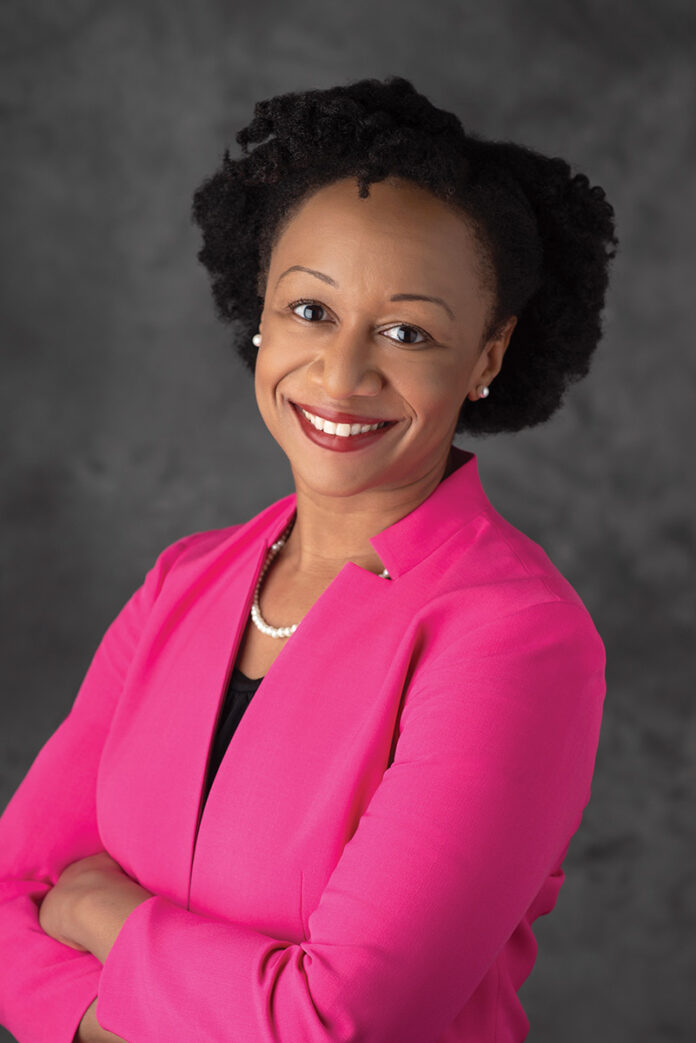1. What has your time been like as the first chief health equity officer for CVS?
The last eight months have been really exciting. … My role is to look across the entire company and develop and implement strategies that help ensure the members, clients and communities we serve have the greatest opportunity to be as healthy as possible. That means looking internally at our own structures, processes and policies, but also looking at how we show up in communities and particularly how we are advancing improved health outcomes for the most underserved.
2. What steps need to be taken to ensure that culturally competent care delivery is provided through CVS?
A critical step for us is to not approach health equity as a series of programs but as a way of doing business. We think of health equity in the way we engage our over 300,000 colleagues, advancing a diverse and inclusive workforce and making sure our colleagues have the skills and tools to integrate health equity into their daily work.
3. What kind of programs are needed to improve access to health care for historically marginalized communities and address social determinants of health?
We need to genuinely engage with communities to understand what their specific needs are and work with them to develop interventions and programs that meet those needs. It’s not a one-size-fits-all approach. Through our Health Zones initiative, we provide concentrated local investments designed to reduce health disparities and advance health equity in historically underserved communities across the country by addressing key social determinants of health.
4. As someone who’s been involved in the industry for many years, have you seen implicit bias play out in health care?
As a practicing physician, I can tell you that implicit bias does exist in our health care system. … There is evidence that suggests implicit bias plays into health care outcomes related to pain management, trauma care, interventions for cardiac care and other health areas.
5. How impactful could it be to improve diversity among health care providers?
Evidence shows that when health care providers look like the communities that they serve or have similar experiences, it creates better health outcomes. For that reason, we are looking very closely at the diversity of our provider networks.











